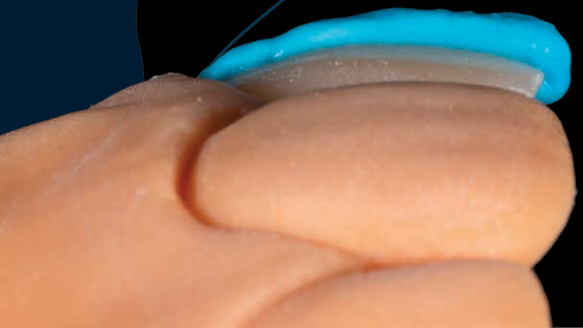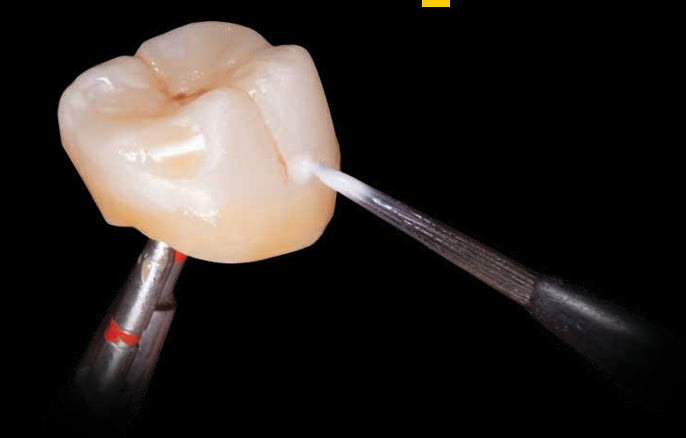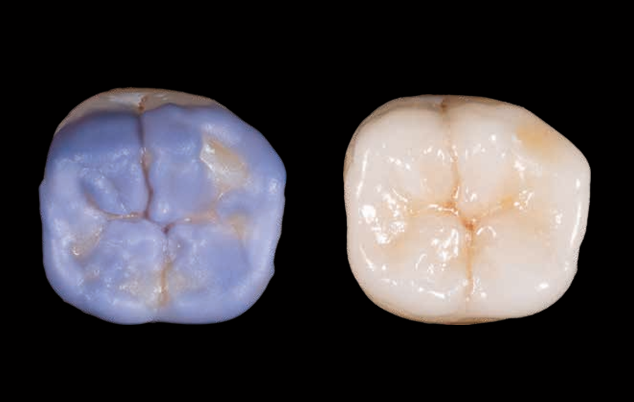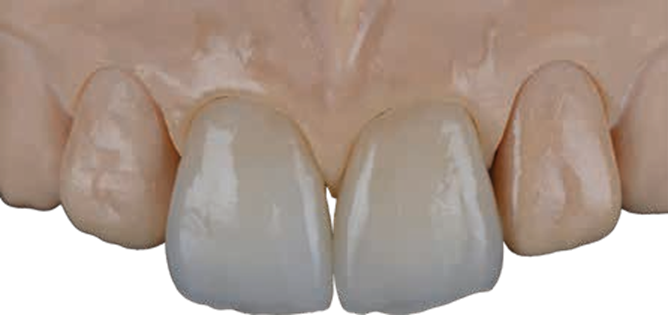Crafting Natural Ceramic Teeth
Resume
We should be critical of all the new stuff entering into the dental market. After all, our work has to be done for patients and not only for social media. Let us keep the knowledge and transfer it to the next generation. Digital dentistry is a helping tool and as good as the person behind the pc. The future of dentistry is the digital workflow, but there are elements of passion, intuition and creativity, which make the big difference between a crown and a tooth. It should be our target to create a tooth, not a crown.
Bringing both worlds together keeps our position and lets us patients smile.
Sense and nonsense - curse and blessing
I have been working with ceramic materials for more than 35 years.
Many big names have inspired, taught and motivated us all. I would like to thank all of my companions for this. What have we not learned about color, shape and working methods!
Our daily goal and the daily motivation to create a natural tooth is and remains an illusion. That is a curse and a blessing at the same time and at least it does not let go of me – that is my personal passion. Unfortunately, this “legacy” of knowledge and experience is currently being trampled underfoot, at least from my point of view. It is an illusion to believe that we are able to create this complex three-dimensionality with monolithic materials and "pastes". Let us reflect on what we have learned over so many decades, let us combine tradition with innovation.
At the end of the day, our work must appear harmonious and natural in the patient's mouth. Let us not be satisfied with a "like" in social networks, because here it's just a photo. A picture taken with artificial flash does not reflect reality, appearances are deceptive. It should be our duty to pass on this acquired knowledge.
Innovation meets tradition
Before I get deeper into the idea of how to combine the traditional way of creating natural-looking ceramic teeth, I want to remind you how and why a tooth is shining. It is not enough to have a look only from outside, to understand we must know how different layers, different materials affect the color and outcome of a tooth.

First of all, we must understand that the color of a tooth comes from inside!
The dentin is the main factor of the color. The visible light we can see is a range from 400nm to 750nm. Watching color, we cannot separate the frequency, it is there and we take it as normal and natural. Our target must be to create our work in this range of color.

A huge impact of a natural-looking tooth is the surface and texture. Different light reflection, depending on the age of a patient and the architecture of a tooth gives a unique design, as humans are - every one is different!
That is the daily challenge!
If we know that, if we understand how these effects influence our ceramic structures, we cannot place a liquid on top of a monolithic crown.
They may look beautiful in pictures on social media, but that is not the reality. There are even differences in all of these pastes without which we can see it immediately.


The combination of the new ideas with the knowledge of the last 50 years is a solution to make our daily routine easier, faster and secure.
Therefore it makes sense to use multilayered zirconia as a base for a rational way of build-up.
First of all, we need to create a design with a labial reduction of 0,3-0,4mm in the design software, so we will get space for a traditional ceramic layer with a special mixed powder in opalescence and translucence. We keep the approximate contacts in zirconia. After sintering, we apply the chroma colours in the color shade we want to achieve. Four pre-mixed base shades in color shade A, B, C and D will be added after the sintering process and will be fired at 900°C. Now the chroma will come from inside, like it is with a natural tooth and it is stable fixed for the next step shade A, B, C or D coloring.





To be honest, I am not able to create the surface and texture with a paste.




Therefore, I prefer a classical powder, added as we have been able to use it for so many years. A big influence has been given to us by the Japanese school of the Osaka Training Center for all these years. They teach us how to create a perfect surface and texture in a brilliant didactical way. For me, that was a game- changer to learn from them.
So I combine the innovations of modern multilayer zirconia with fluorescent chroma colours and a special mixed traditional powder. Analog to ceramic systems the names of the just 4 powders are E1, E2, E3 and E4.
If we want, we can add all other powders out of the ceramic system, a benefit that gives me the option of very individual creativity.


This kind of strategy can be used in the posterior area as well. We know that it is a critical point of view with monolithic zirconia crowns, even if they are not 100% in occlusion and not perfectly polished. Therefore, it makes sense to use the same technique to add the contact field in a classic ceramic in a fast and easy way.




To build up small portions, I use NOVACer®MOVE liquid paste. Now I have a long-term usable paste to move the ceramic-like working with wax. After firing, we will have a very homogenous and compact result.
Education
- 1979 –1983 training as a dental technician in Hamburg
- 22 April 1992 examination for master degree in Munster, North Rhine-Westphalia
Activities
- Practical engineers in Hamburg
- 1985 – 1988 working in commercial laboratories in Bielefeld
- Since 1989, independently in Bielefeld
- Editor for “QZ - Quintessence of Dental Technology”
